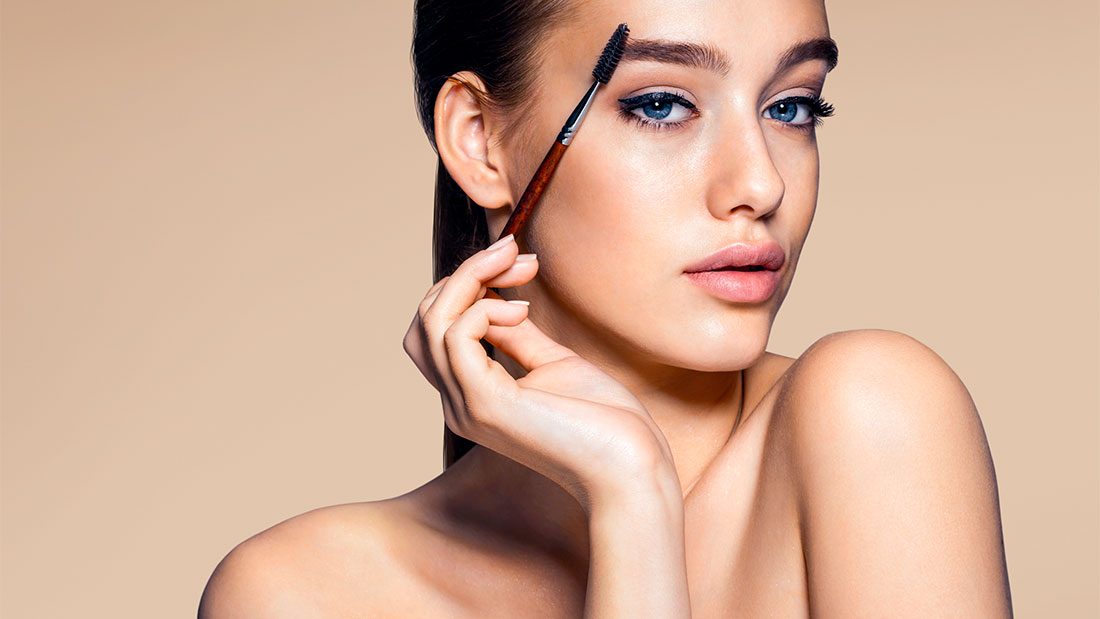
Confused between your hair removal methods? Let us break it down for you.
All three methods remove the hair from the root, which means you get a smooth result for longer than other hair removal techniques like depilatories. Contrary to popular belief, removing the hair by the root does not induce darker or more frequent hair growth, in fact over time it will slow down the re-growth, making it finer and lighter in colour and – in some cases – stop growing in areas altogether.
Waxing is the most practical treatment to remove a bulk amount of hairs in one go and also for larger areas. However, it does require some regrowth in order to be effective, as the wax needs at least a quarter inch(0.5cm) of hair to adhere to.
Tweezing is great for cleaning up random hairs, separating a random hair within a shape and is perfect for refining the final sculptured arch.
Threading is an ancient, precise hair removal technique, originating in India and the Middle East. In recent years it’s become popular in the beauty and grooming industry worldwide. It works by targeting either an individual hair or a row at a time, using a line of thread that pulls the hair out and creates well-defined edges to the arch shape. Although taking only a few minutes longer than waxing, threading does not use any chemicals or heat and is particularly great at catching those much smaller, finer hairs, making the time span in between treatments even longer. Threading does not usually cause trauma to the skin, so it is a safer method for people who cannot (or do not want to) wax.
Steve at Brows by Steve uses a combination of all three methods in his process to create the perfect arch. He tailors these methods to each client because of their individual effectiveness, hair and skin type, and personal request.
All three methods can be used for all facial hair areas, whether it’s the lip, chin, jaw-line/cheek or forehead areas. Skin irritation is kept to a minimal in particular with threading, and is still effective on sensitive skins or clients suffering from skin conditions such as acne, eczema, psoriasis or dermatitis.


Sorry, the comment form is closed at this time.